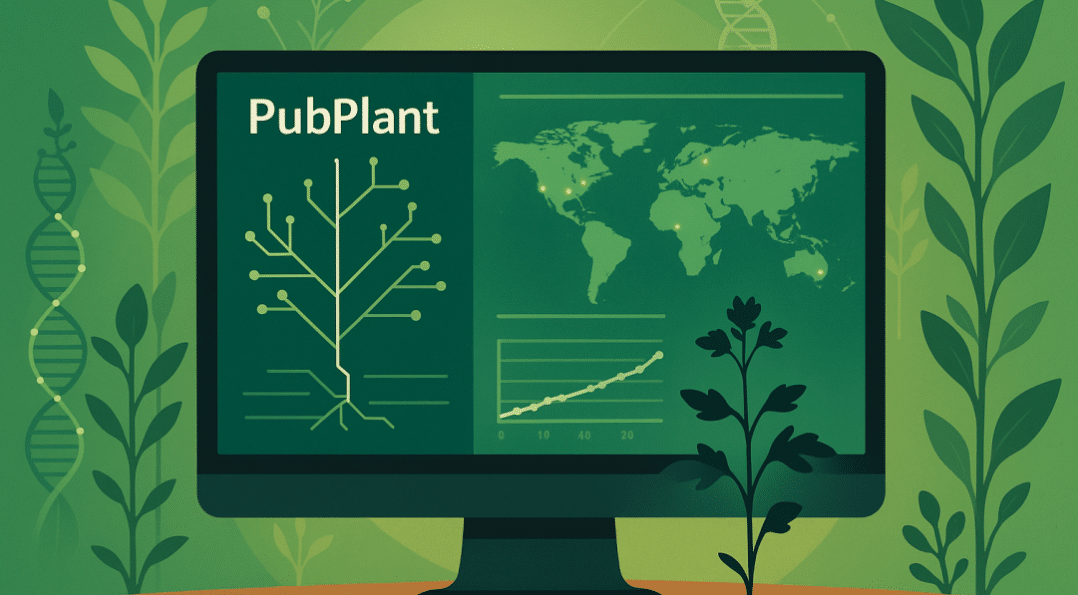Over the past two decades, plant science has undergone a revolution. Since the genome of Arabidopsis thaliana was published in 2000, researchers have sequenced more than 1,000 plant species — thanks largely to powerful technologies that were unimaginable just years ago. But this explosion of data has created a new challenge: how to organize, update, and share it all.
Enter PubPlant, a new online database developed by a European research team. Designed to serve as a central hub for plant genomic data, PubPlant not only compiles published genomes but also organizes them, places them in evolutionary context, and updates them regularly.
Published in Frontiers in Plant Science and led by Markus Schwacke, Thomas Usadel, and other experts in bioinformatics and genomics, the project has a bold yet practical goal: to make plant genetic data easily accessible to researchers, students, and agricultural professionals alike.
A Living Map of Plant DNA
What sets PubPlant apart is its commitment to staying current. Unlike traditional reviews, which quickly become outdated, this platform is refreshed monthly with the latest complete genome publications — offering a dynamic, reliable tool for exploring the plant kingdom at the molecular level, according to a press release.
Agriculture and Biodiversity Under the Lens
A quick dive into PubPlant reveals a clear trend: the database heavily features cultivated species. Grains like wheat, rice, and corn, along with legumes such as soybeans and beans, dominate — understandably so, as they form the backbone of global food systems. Families like Solanaceae (potato, tomato) and Brassicaceae (cauliflower, radish) are also well represented.
But PubPlant also exposes the gaps. Countless wild species — from native trees to medicinal herbs — remain underexplored. By highlighting what’s missing, the platform can help direct future research, especially as we search for resilient crops in the face of climate change and food insecurity.
Accessible for All
One of PubPlant’s biggest strengths is its usability. Designed for accessibility, the platform requires no specialized expertise. Users can explore interactive timelines, evolutionary trees, species maps, and direct links to scientific papers — all within a few clicks.
Each species entry includes detailed metadata: scientific name, publication date, genome size, sequencing methods, and links to external databases like Ensembl Plants or NCBI.
A Compass for the Future of Plant Research
The creators of PubPlant emphasize that it’s a free, open, and community-driven resource. Its continued growth relies on scientists sharing new data, suggesting improvements, and using its tools to shape more inclusive and sustainable research.
As agriculture faces mounting challenges — drought, soil degradation, emerging pests — understanding plant genomes isn’t just a scientific endeavor. It’s a strategic priority. PubPlant offers a much-needed compass to navigate the rapidly expanding world of plant genomics.
Study: https://www.frontiersin.org/journals/plant-science/articles/10.3389/fpls.2025.1603547/fullPubPlant: https://www.plabipd.de/pubplant_main.html
